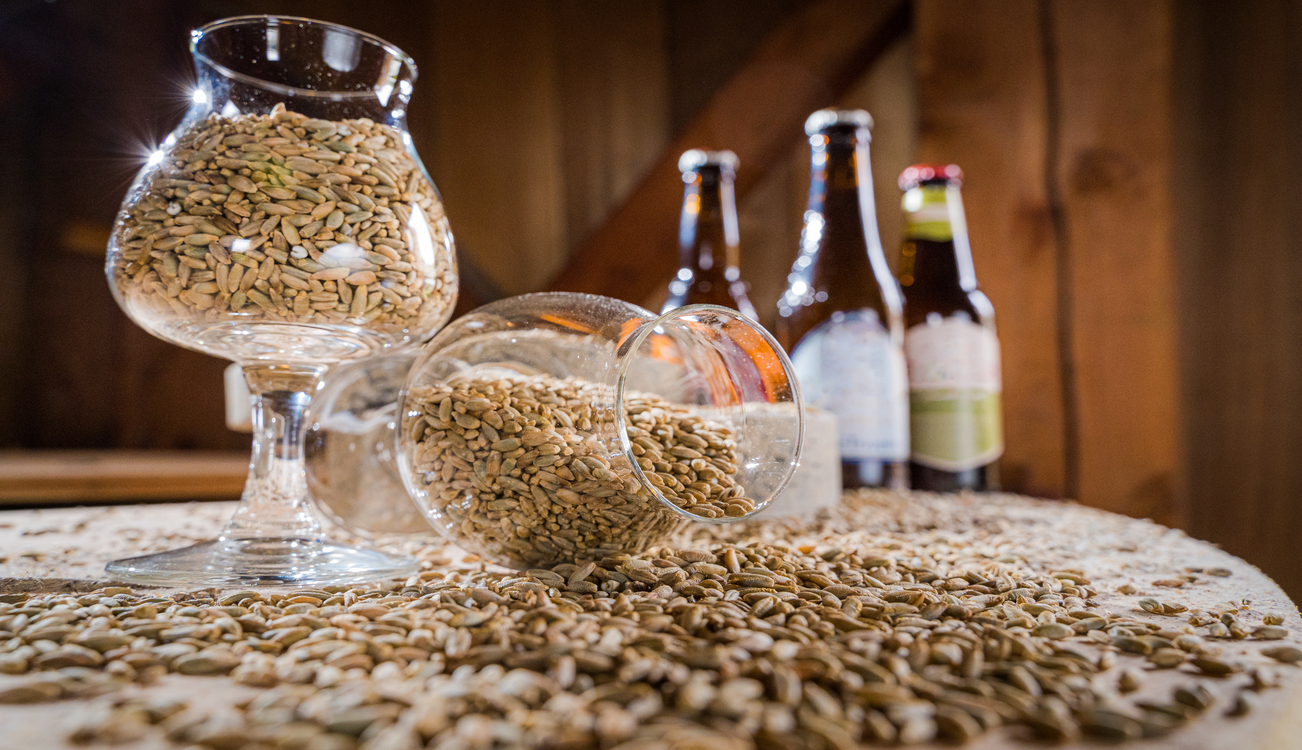MALT: A FUNDAMENTAL INGREDIENT FOR BEER


MALT: A FUNDAMENTAL INGREDIENT FOR BEER
Malts are a fundamental ingredient for beer production, along with yeast, hops, and water.
MALTING PROCESS
Malt is the ingredient that determines the character of beer. The first stage in its production is malting, where a barley grain is moistened and germinated at a certain temperature. This transforms the starches into maltose and dextrins. Maltose is a sugar that can be used for alcoholic fermentation, while dextrins are used to give greater complexity to the final flavor.
TYPES OF MALT
Subsequently, the drying process occurs, where different malts are obtained based on the level of temperature, humidity, and time:
- Amber and dark malt require a very high temperature (around 85 degrees), resulting in a reddish-colored beer;
- The most commonly used malt for beer production is light malt, which is obtained at a lower temperature (35 to 42 degrees), with pilsners being an example.
- Black malt results in very bitter beers, requiring drying until burned;
- To obtain a dark beer, coloring malt is used, which requires a temperature of 200 degrees;
- Crystal malt, which gives a sweet taste to beer, is produced starting at a temperature of 40 degrees up to 100 degrees.
The first two fall into the base malt category, while the others are specialty malts. The term "Double Malt" commonly used to refer to a beer, is related to the Plato degree and alcohol content. The former is a unit of measure for the percentage of sugars present in beer wort (it must exceed 14.5), while beer must exceed 3.5% alcohol content to be called "Double Malt". The skill and experience of the brewmaster make the difference because infinite varieties of beer can be obtained, characterized by completely different tastes, colors, and aromas..
BEER'S BASE MALTS
- Pilsner: the most commonly used light malt, which gives a delicate cereal and honey flavor;
- Pale: requires higher drying temperatures, giving shades of bread crust;
- Vienna: amber-colored, for beers with strong sweetness, where the flavor is on caramel;
- Munich: gives a bread crust and biscuit aroma to beer, without toasting;
BEER'S SPECIALTY MALTS
- Toasted: subjected to high temperatures, they are added in limited percentages, with examples being Chocolate, Black, and Roasted;
- Caramelized: give the beer a full-bodied and sweet taste, produced without drying the grain after germination;
- Smoked: capable of giving a smoked flavor to the beverage.


Comments : 0